The Golden Ratio and Fibonacci Numbers
$15.53
| Author(s) | |
|---|---|
| Format |
|
| Pages |
168 |
| Publication Year |
1997 |
In The Golden Ratio and Fibonacci Numbers, the basic mathematical properties of the golden ratio and its occurrence in the dimensions of two- and three-dimensional figures with fivefold symmetry are discussed. In addition, the generation of the Fibonacci series and generalized Fibonacci series and their relationship to the golden ratio are presented. These concepts are applied to algorithms for searching and function minimization. The Fibonacci sequence is viewed as a one-dimensional aperiodic, lattice and these ideas are extended to two- and three-dimensional Penrose tilings and the concept of incommensurate projections. The structural properties of aperiodic crystals and the growth of certain biological organisms are described in terms of Fibonacci sequences.
Introduction:
The golden ratio and Fibonacci numbers have numerous applications which range from the description of plant growth and the crystallographic structure of certain solids to the development of computer algorithms for searching data bases. Although much has been written about these numbers, the present book will h0pyfully fill the gap between those sources which take a philosophical or even mystical approach and the formal mathematical texts. I have tried to stress not only fundamental properties of these numbers but their application to diverse fields of mathematics, computer science, physics and biology. I believe that this is the k t bo ok to take this approach since the application of models involving the golden ratio to the description of incommensurate structures and quasicrystals in the 1970’s and 1980’s.
This book will, hopefully, be of intern to the general reader with an interest in mathematics and its application to the physical and biological sciences. It may also be mitable supplementary reading for an introductory university come in number theory, geometty or general mathematics. Finally, the present volume should be sufficiently infomathe to provide a general introduction to the golden ratio and Fibonacci numbers for those researchers and graduate students who are working in fields where these numbers have found applications. Formal mathematics has been kept to a minimum, although readers should have a general knowledge of algebra, geometry and trigonometry at the high school or first year university level.
My own intern in the golden ratio and related topics developed from my involvement in research on the physical properties of incommensurate solids and quasiaystals. Over the years I have benefited greatly from discussions with colleagues in this field and many of the ideas presented in this book have been derived fiom these discussions. Without their involvement in my research in solid state physics, this book would not have been written.
Contents:
- Basic Properties of the Golden Ratio
- Geometric Problems in Two Dimensions
- Geometric Problems in Three Dimensions
- Fibonacci Numbers
- Lucas Numbers and Generalized Fibonacci Numbers
- Continued Fractions and Rational Approximants
- Generalized Fibonacci Representation Theorems
- Optimal Spacing and Search Algorithms
- Commensurate and Incommensurate Projections
- Penrose Tilings
- Quasicrystallography
- Biological Applications
The Golden Ratio and Fibonacci Numbers By Richard A. Dunlap pdf
5 reviews for The Golden Ratio and Fibonacci Numbers
Clear filtersOnly logged in customers who have purchased this product may leave a review.

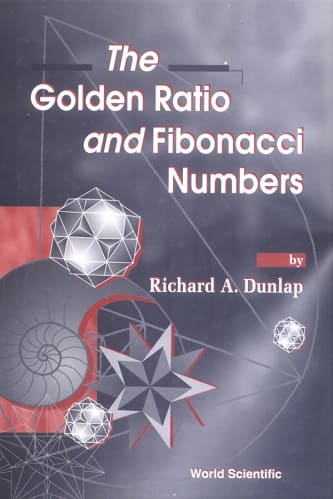
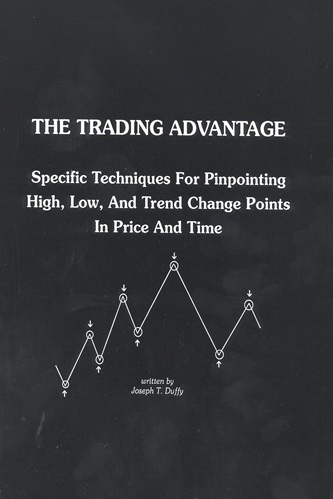
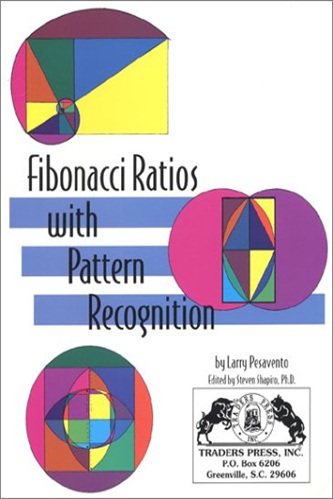
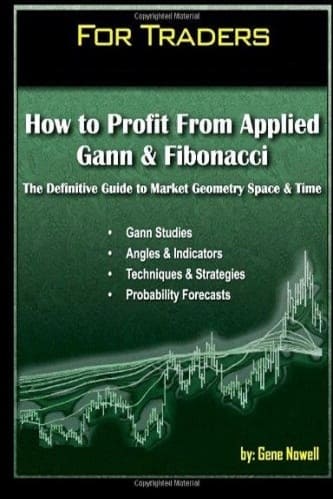
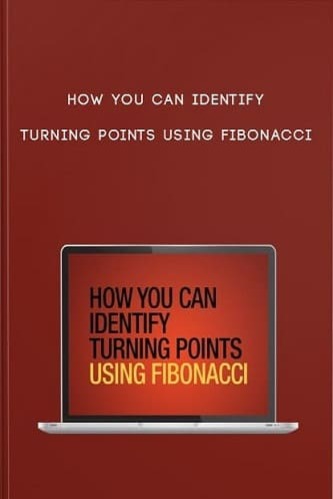
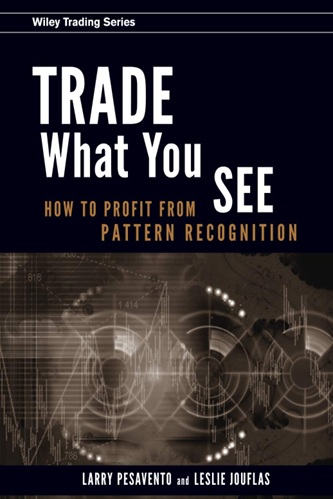
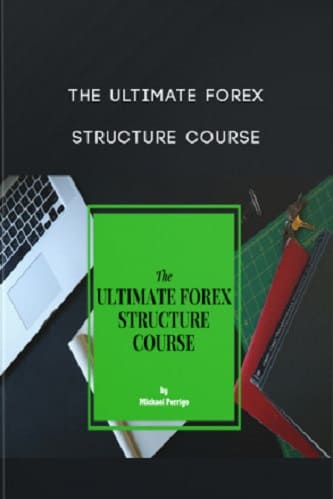
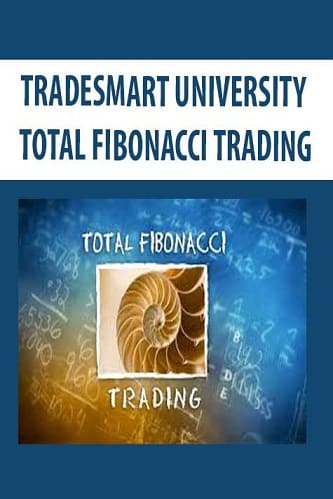
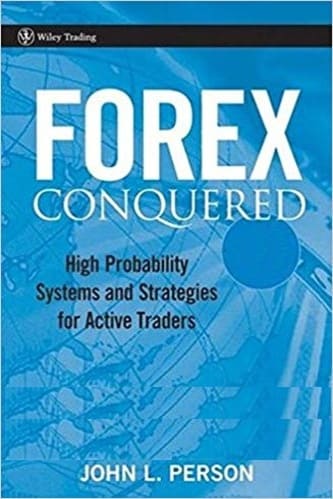
Matthias Garza (verified owner) –
Excellent book Fibonacci numbers
River Kline (verified owner) –
Good book
Ramon Sheppard (verified owner) –
I wanted a book that was concerned on nature observations, but much more on mathematical demonstrations, equations and formulas. The book have been perfect in this sense! So, if you want to understand the numerical and geometrical relations from Fibonacci Numbers, this book is a good start.
Phillip Lara (verified owner) –
Ok
Veda Conner (verified owner) –
This book is not absolutely perfect, but it is so much better than any other one on the subject that it deserves a 5-star rating. The majority of books on Fibonacci numbers and the golden ratio fall into three categories: (1) Books for children, (2) Mystical mumbo-jumbo, and (3) Books claiming you can use Fibonacci numbers to win in the stock market (!). Even Mario Livio’s book, which is better than most, uses so much of its space to _debunk_ some of the mystical mumbo-jumbo that it de-emphasizes the wonderful patterns that can be found in the Fibonacci sequence, which is beautiful enough in its mathematical properties that one doesn’t need to make such digressions. Dunlap’s book, by contrast, _does_ emphasize those patterns. And when it’s not directly addressing the Fibonacci sequence’s properties, it’s discussing things like the golden ratio and Penrose tilings, which are completely within the category of mathematics related to the topic.
I really enjoyed the book, even though it has some typographical errors and minor omissions. The formulas collected in the third appendix alone justify buying the book. I could wish that there were more given, but this is the best collection I have seen.